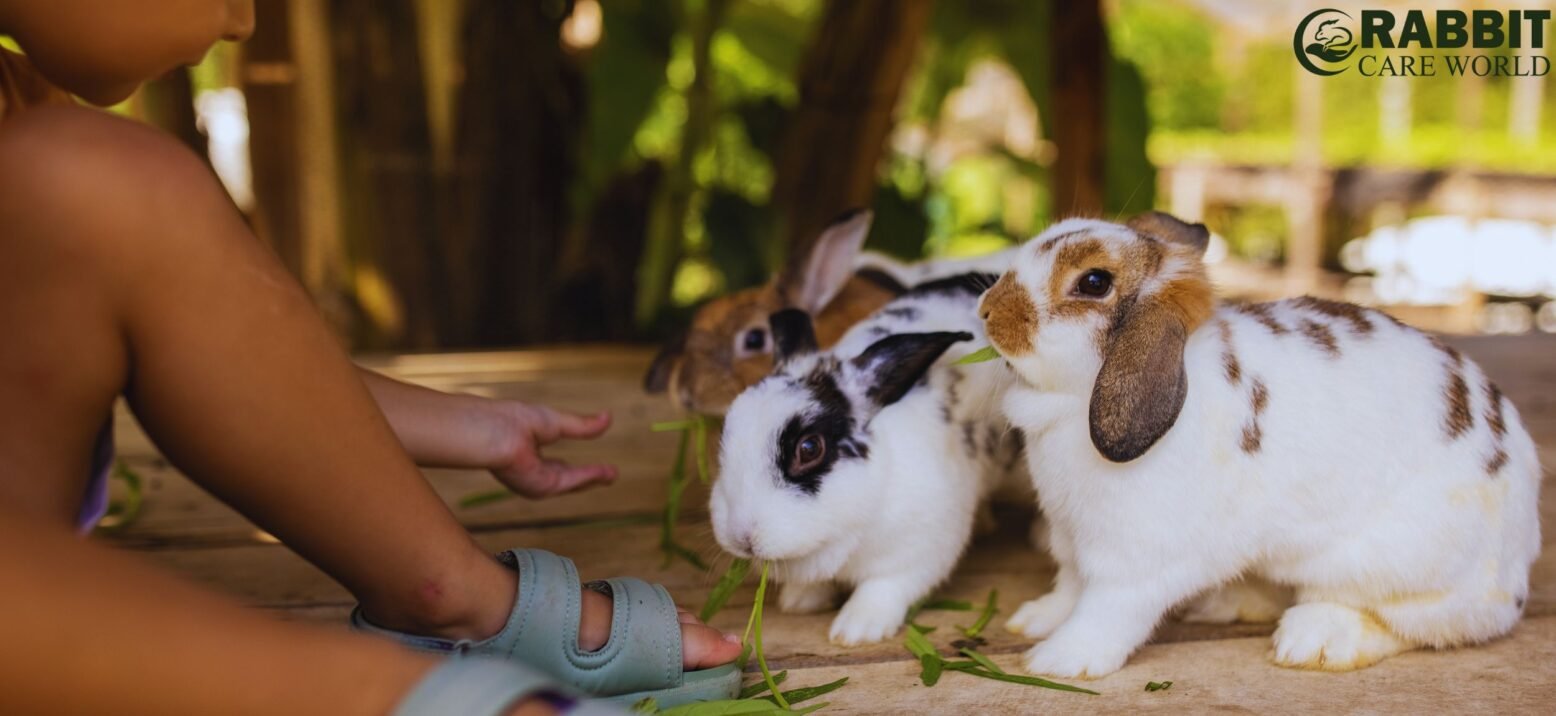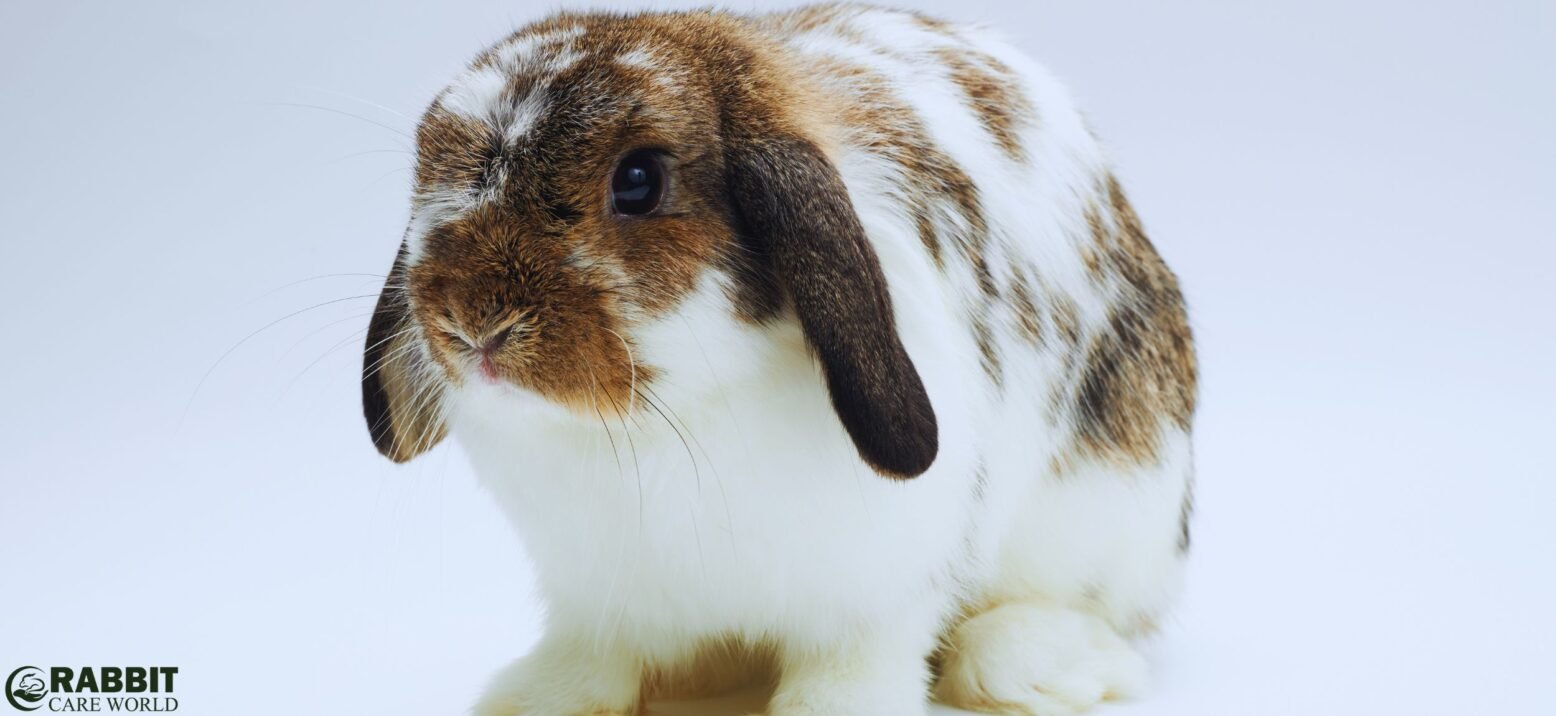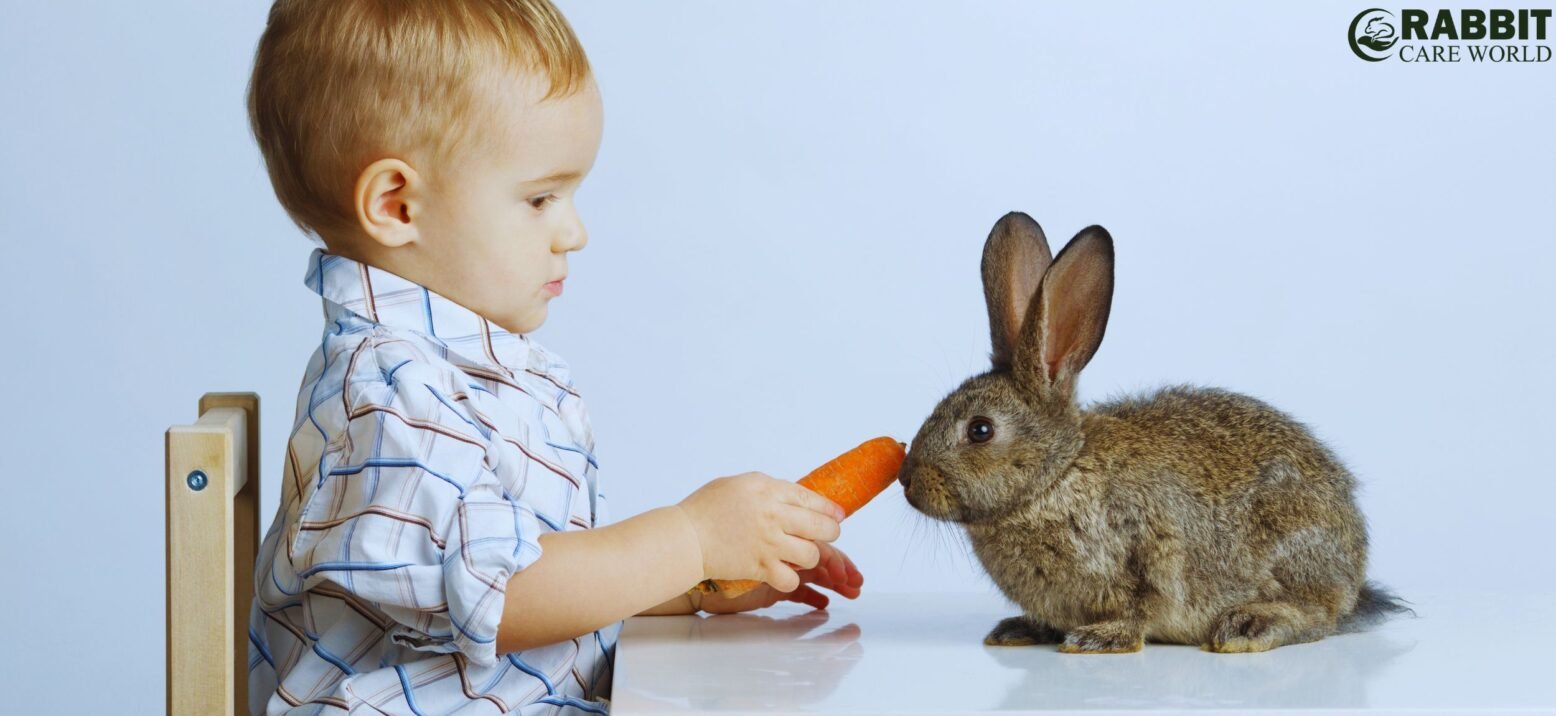Bonding with your rabbit can be a delightful experience. It helps create a strong, loving relationship and builds trust, making your bunny feel safe and happy.
Rabbits are social animals who crave companionship. Building a bonding with your rabbit can lead to a happier, healthier pet. This process requires time, patience, and understanding. You must learn to communicate with your rabbit and understand its needs and behaviors.
By doing so, you will create a trusting and affectionate relationship. In this blog post, we will explore practical tips and strategies to help you bond with your rabbit. Whether you are a new rabbit owner or looking to deepen your connection, these insights will guide you. So, let’s dive into the world of rabbit bonding and discover the joys it brings!
Table of Contents
ToggleUnderstanding Rabbits
Rabbits are very social animals. They love to play and explore. They can jump high and run fast. Rabbits like to chew on things. This keeps their teeth healthy. They might dig in the yard or garden. Digging is a natural behavior. Rabbits can be litter trained. They like to have a clean space. A happy rabbit will hop and twist in the air. This is called a binky.
Rabbits use body language to talk. They thump their back legs when scared. This is a warning signal. Rabbits purr by grinding their teeth. This means they are happy. They may nudge you with their nose. This means they want attention. Licking is a sign of affection. A rabbit’s ears show their mood. Ears up means alert. Ears back means relaxed or scared.
Preparing Your Home
Create a cozy space for your rabbit. Ensure it feels safe and comfortable. This helps build trust and a strong bond.
Rabbit-proofing Your Space
Rabbits love to chew. Protect your wires with covers. Keep small items away. Store cleaning supplies in high places. Make sure there are no gaps in fences. Rabbits can squeeze through small spaces. Block off areas they should not go. Use baby gates if needed. Check for sharp objects. Rabbits can get hurt easily. Keep plants out of reach. Some can be toxic to rabbits.
Creating A Safe Environment
Provide a quiet room for your rabbit. Loud noises can scare them. Make sure the floor is not slippery. Rabbits need traction to move. Provide hiding spots. Rabbits feel safe when they can hide. Use a large pen or cage. They need space to hop. Keep the area clean. Remove waste daily. Offer fresh water at all times. Check for spills. Ensure your rabbit has soft bedding. This keeps them comfortable.
Building Trust
Bonding with your rabbit is important for your pet. Move slowly towards your rabbit. This shows you are not a threat. Speak softly. Your voice should be calm and gentle. Let your rabbit come to you. Patience is key. Stay low to the ground. This makes you less scary. Avoid sudden movements. Rabbits can get startled easily.
Use hand-feeding to build trust. Offer your rabbit small treats. Hold out your hand with the treat. Let the rabbit take the treat from you. This helps your rabbit see you as a friend. Use healthy treats. Fresh vegetables and small pieces of fruit work well . Avoid sugary treats. Too much sugar is bad for rabbits.
Daily Interactions
Spend time daily with your rabbit to build trust. Gentle petting and offering treats strengthen your bond. Play and explore together for mutual happiness.
Playtime And Exercise
Rabbits need daily playtime for their health. Let them run and hop around. Use toys to engage them. Balls, tunnels, and chew toys are great choices. Interactive play helps build trust. Sit on the floor with them. Let them explore around you. Always supervise them during playtime. This prevents accidents and keeps them safe. Exercise keeps them happy and healthy. It also reduces boredom and stress.
Grooming And Bonding Activities
Grooming is important for your rabbit. Brush their fur to remove loose hair. Grooming sessions can be bonding moments. Speak softly to them while grooming. This helps them relax. Trim their nails regularly. Check their ears for any dirt or wax. Clean them gently. Spend quiet time together. Pet them softly. This builds trust and love. Rabbits love gentle head rubs and scratches behind the ears.
Health And Wellness
Rabbits need regular check-ups with a vet. These check-ups keep your rabbit healthy. A vet can find problems early. Early help can save your rabbit. Visit your vet at least once a year. They will check teeth, ears, and weight. They might also give vaccines. These visits help prevent diseases.
Rabbits show signs when they are sick. Look for changes in eating habits. If your rabbit stops eating, call the vet. Also, check for runny eyes or nose. Watch for limping or hiding. These can be signs of pain. Rabbits may also grind their teeth. This can mean they are uncomfortable. Always watch your rabbit closely. Quick action can help your rabbit feel better.
Handling And Body Language
Rabbits are delicate. Always support their back legs. Gently lift them with one hand under their chest. Use your other hand to support their hindquarters. Never pick a rabbit by its ears. It hurts them. Always hold them close to your body. They feel safe this way.
Rabbits communicate with body language. A happy rabbit might jump and twist. This is called a “binky.” A scared rabbit will thump its back legs. If a rabbit lies down with its legs stretched out, it feels relaxed. Ears pointing forward mean curiosity. Ears flat back show anger or fear. Learn these signals to bond better with your rabbit.
Respecting Boundaries
Rabbits need their own space. Give them a safe area. Let your rabbit have a quiet corner. Watch where they like to go. Respect their hiding spots. Avoid picking them up too much. They feel safer on the ground. Sit near them quietly. Let them come to you. Always move slowly. Sudden moves can scare them. Talk softly around them. Loud noises can stress them.
Set clear rules for your rabbit. They need to know what’s okay. Make some areas off-limits. Use baby gates to block rooms. Keep wires out of reach. Rabbits like to chew on things. Provide safe toys for chewing. This can save your furniture. Give them treats for good behavior. Positive reinforcement helps them learn. Spend time with them daily. This builds trust. Be patient and kind. Bonding takes time.
Troubleshooting Common Issues

Rabbits may act aggressively if they feel scared. A new environment or loud noises can cause fear. Handle your rabbit gently. Speak softly to them. Give them space to feel safe. Avoid sudden movements around your rabbit. Use treats to gain their trust. Patience is key. Over time, they will feel more comfortable.
Rabbits can learn to use a litter box, but it takes time. Place the litter box in their favorite corner. Use rabbit-safe litter. Reward them when they use it correctly. If they miss, clean the spot well. Consistency is important. Keep their area clean. They will understand where to go.
FAQs About Bonding With Your Rabbit
How Do I Bond With My New Rabbit?
Spend time near your rabbit. Offer gentle pets and treats. Speak softly to build trust.
What Are Signs My Rabbit Likes Me?
A happy rabbit will nuzzle, lick, or sit close to you. They may even follow you.
Can I Hold My Rabbit To Bond?
Yes, but do it gently. Support their body. Let them feel safe and secure in your arms.
What Toys Help With Bonding?
Simple toys like cardboard tubes, chew toys, and treat puzzles can help. Play together often.
How Long Does It Take To Bond With A Rabbit?
It varies. Some rabbits bond quickly, while others take weeks. Be patient and consistent.
Conclusion For Bonding With Your Rabbit
Bonding with your rabbit is important for your pet. Building a strong bond with your rabbit takes time and patience. Show love through gentle handling and play. Provide a safe, comfortable environment. Understand their body language and needs. Consistency in care fosters trust. A happy rabbit feels secure and loved.
Enjoy this rewarding journey together. Your rabbit’s affection will grow with your dedication.




